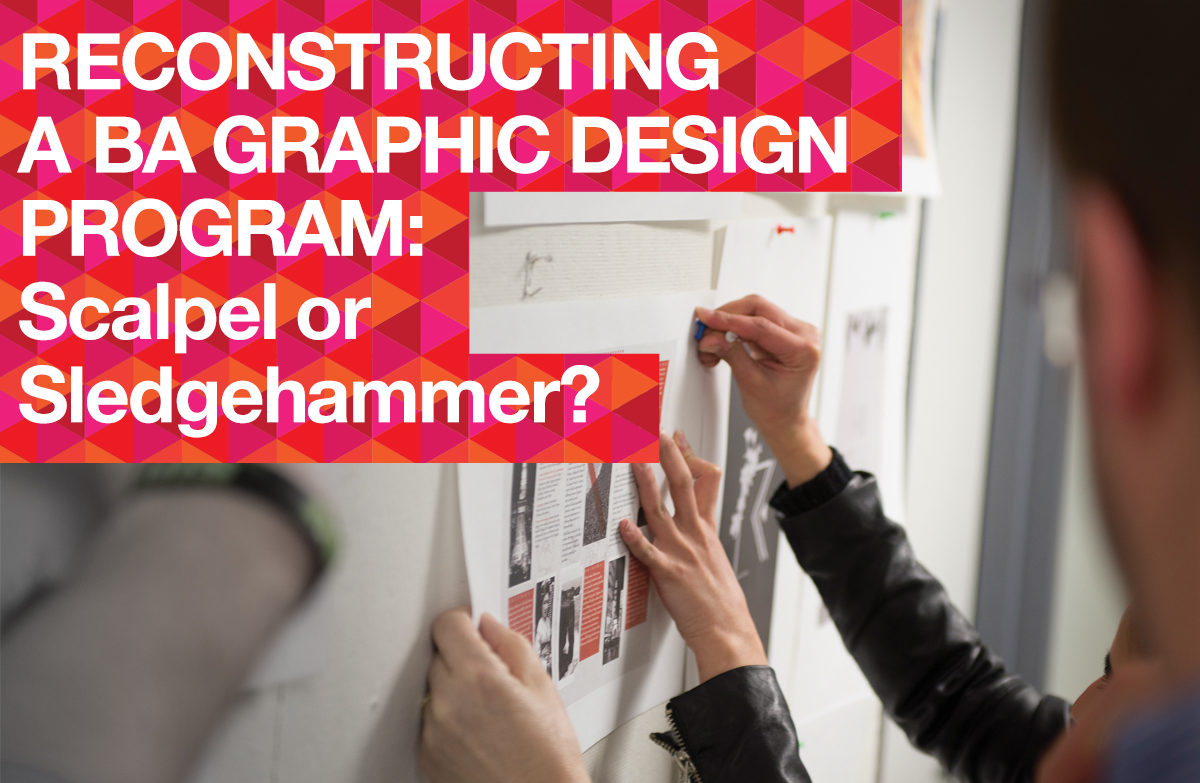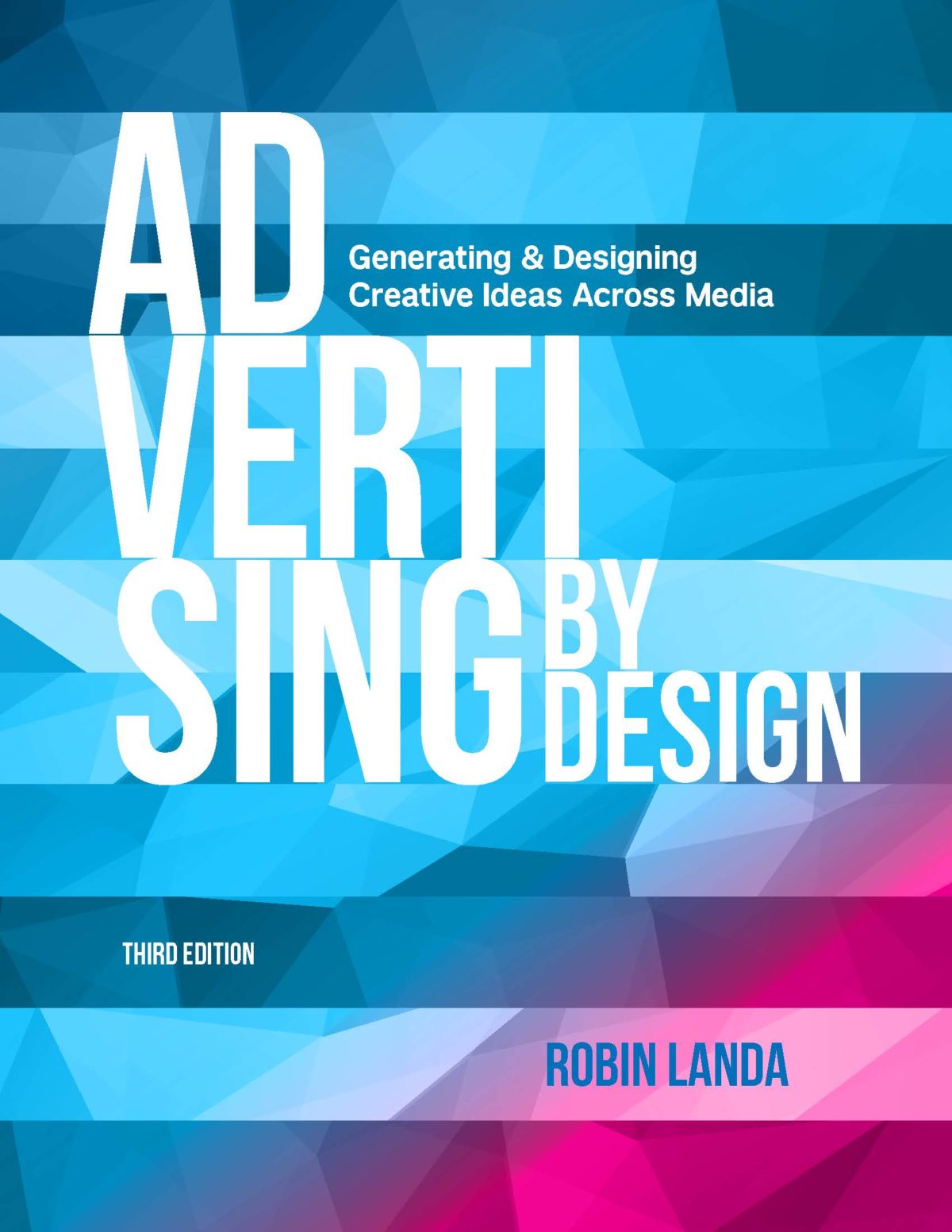James Wojtowicz
Associate Director of Art Direction and Industry Development
School of Advertising
Academy of Art University
San Francisco, California
Many, if not most Art Directors did not plan on being Art Directors as a kid. There are lots of reasons why. Chances are they were tacitly, if not actively discouraged by parents and guidance counselors, from pointing towards anything with the word art in the job title. This and media profiling, that in general, rank a career in advertising somewhere between becoming a politician and a used car salesperson.
That needs to change. More than ever, Art Directors today can be the driving force behind positive social impact and not just a client’s bottom line. College bound students need to know this. They need to be more exposed to the fact that creativity is a learnable and applicable skill – one that can be used on demand, to develop smart, compelling messaging that inspires meaningful change in the world.
Insights from experienced professionals have tremendous impact on young minds in search of a career path. This presentation provides a set of tools for influencers to encourage the next generation of Art Directors/Agents of Change. Perhaps actor Kevin Spacey said it best “If you’re lucky enough to have done well, then it’s your responsibility to send the elevator back down.”
This research was presented at the Design Incubation Colloquium 4.1: San Jose State on Saturday, Sept 30, 2017.


